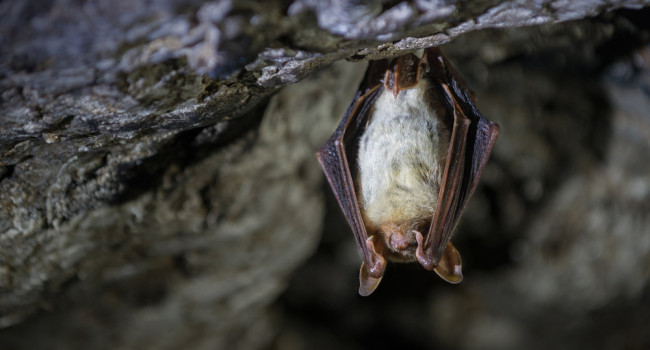Diversity of response and effect traits provides complementary information about avian community dynamics linked to ecological function

Author(s): Hordley, L.A., Gillings, S., Petchey, O.L., Tobias, J.A. & Oliver, T.H.
Published: June 2021
Journal: Functional Ecology Volume: 35 ( part 9 )
Digital Identifier No. (DOI): 10.1111/1365-2435.13865
Abstract
Functional diversity metrics based on species traits are widely used to investigate ecosystem functioning. In theory, such metrics have different implications depending on whether they are calculated from traits mediating responses to environmental change (response traits) or those regulating function (effect traits), yet trait choice in diversity metrics is rarely scrutinized.
Here, we compile effect and response traits for British bird species supplying two key ecological services—seed dispersal and insect predation—to assess the relationship between functional diversity and both mean and stability of community abundance over time.
As predicted, functional diversity correlates with stability in community abundance of seed dispersers when calculated using response traits. However, we found a negative relationship between functional diversity and mean community abundance of seed dispersers when calculated using effect traits. Subsequently, when combining all traits together, we found inconsistent results with functional diversity correlating with reduced stability in insectivores, but greater stability in seed dispersers.
Our findings suggest that trait choice should be considered more carefully when applying such metrics in ecosystem management.







Share this page